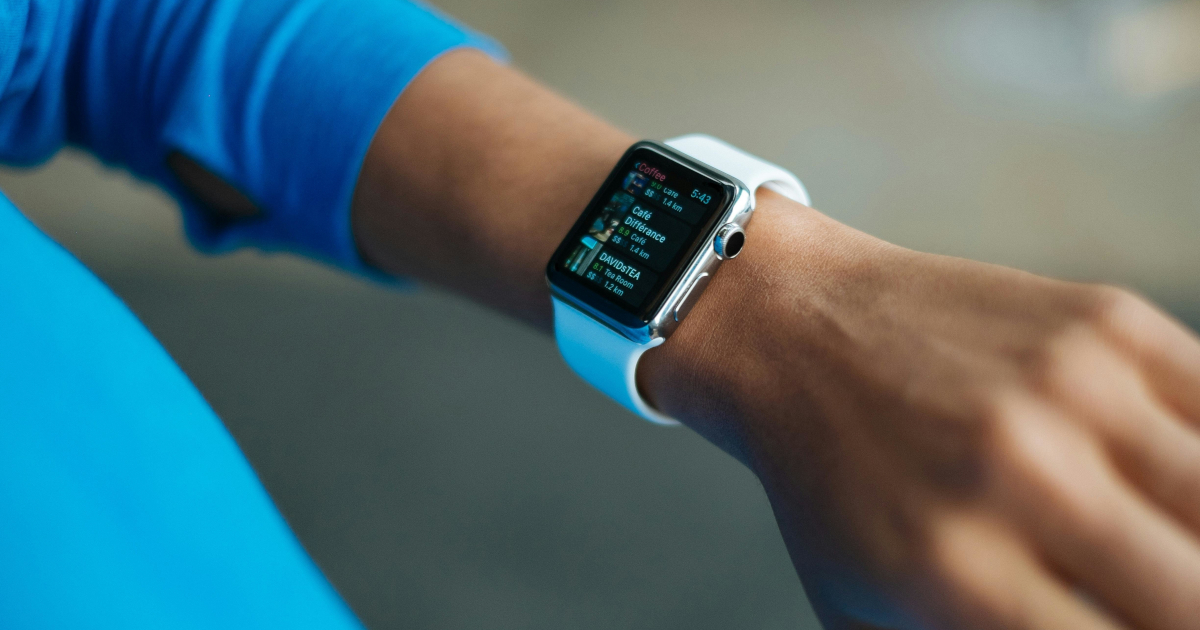45Drives Launches Free Tool to Detect Fraudulent Hard Drives

Summary
Full Article
Technology storage company 45Drives has released a free diagnostic tool designed to help users verify the authenticity and condition of hard drives, responding to an increasing trend of fraudulent storage device sales.
The new Hard Drive Checker enables users to scan recently purchased hard drives and detect signs of prior use, wear, or tampering. By leveraging S.M.A.R.T. technology, the tool analyzes critical health indicators including power-on hours, reallocated sectors, and write cycles, providing detailed reports accessible to both technical and non-technical users.
Recent investigations have revealed sophisticated counterfeiters manipulating used hard drives, particularly Seagate models, to appear brand new by altering firmware and serial numbers. These deceptive practices expose buyers to significant risks, including potential data loss, early drive failure, and security vulnerabilities.
45Drives President Dr. Doug Milburn emphasized the tool's importance, stating that storage integrity is crucial for businesses and individuals. The diagnostic tool works with a wide range of hard drives and provides comprehensive insights into a drive's condition before deployment.
By offering this free service, 45Drives aims to protect consumers from costly scams and reinforce trust in the storage market. The tool represents a significant step in combating fraudulent practices and empowering users to make informed decisions about their data storage investments.

This story is based on an article that was registered on the blockchain. The original source content used for this article is located at NewMediaWire
Article Control ID: 51471